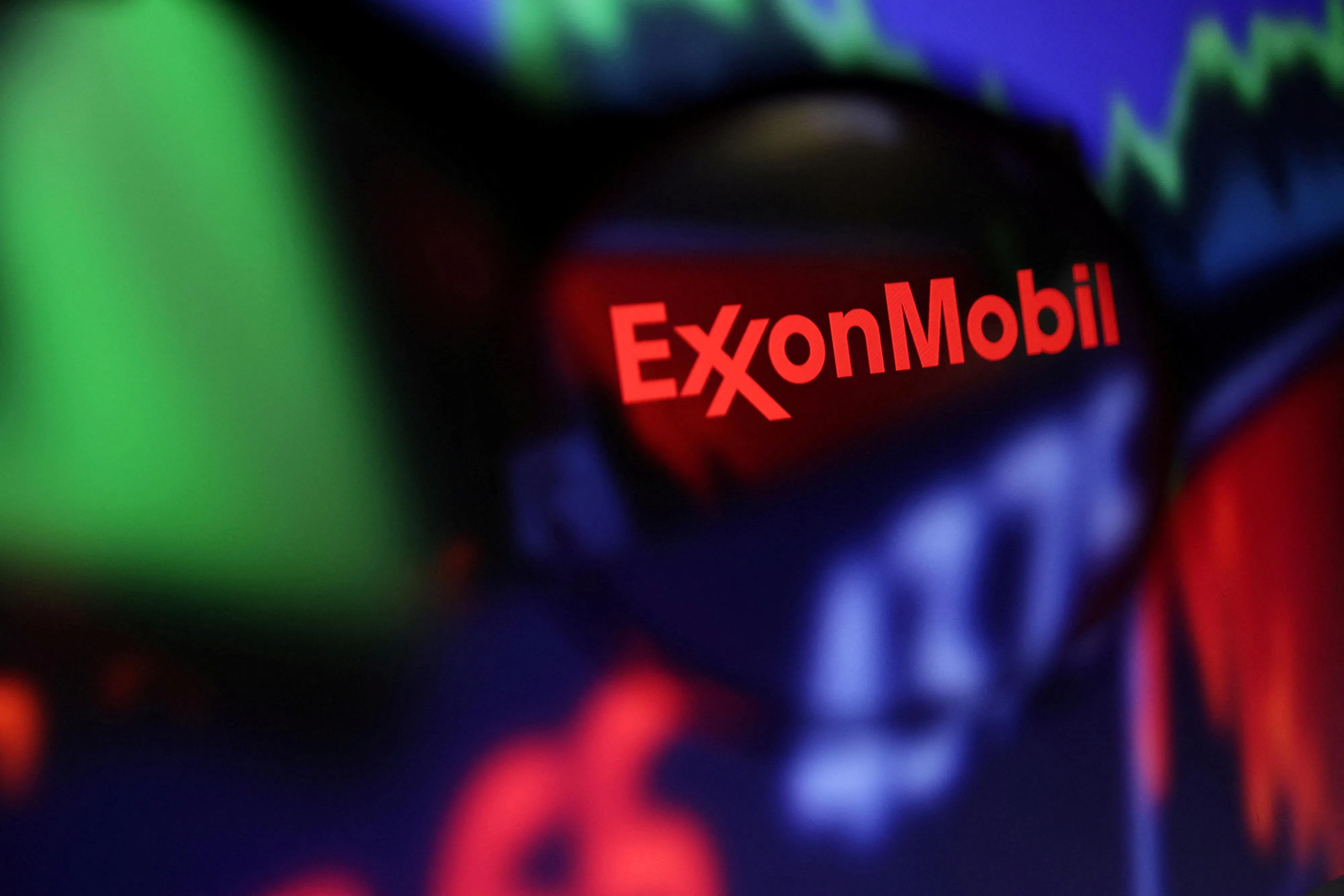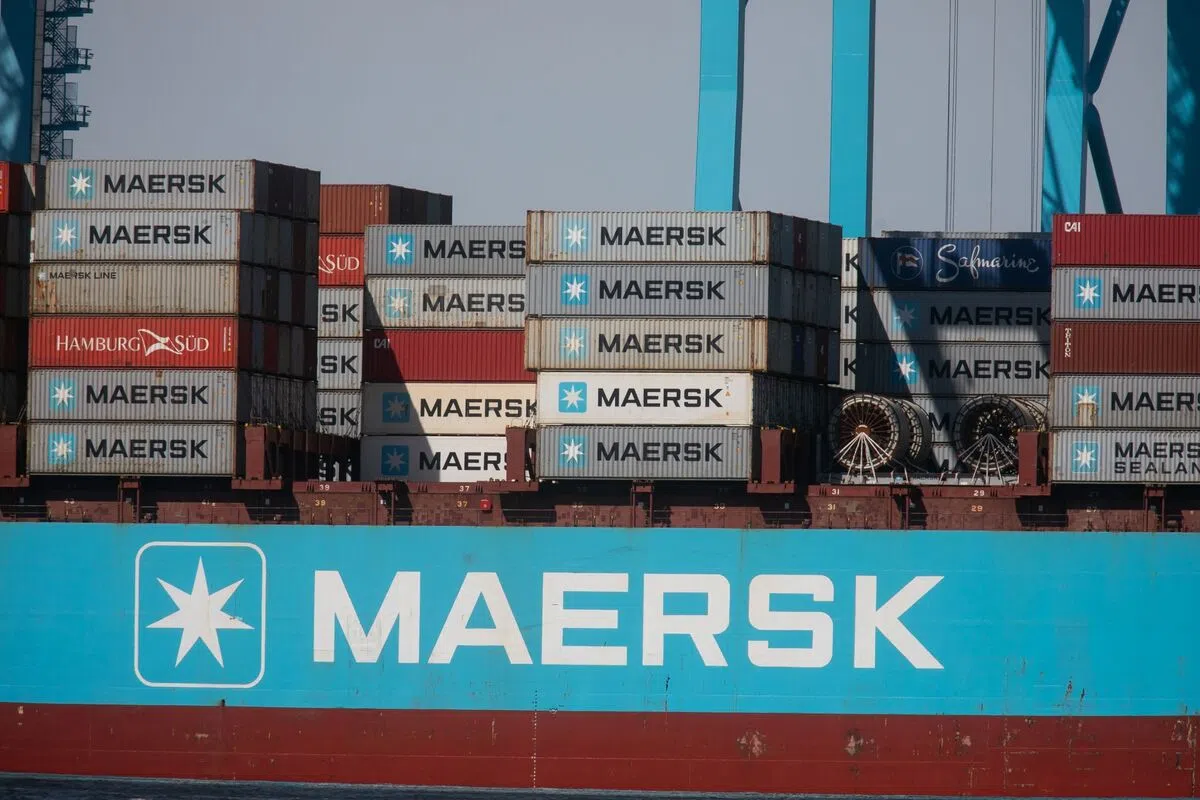EXXONMOBIL on Friday (Aug 2) posted a better than expected US$9.2 billion second-quarter profit based on rising oil prices and volume gains from its purchase this year of shale oil firm Pioneer Natural Resources.
Exxon delivered a US$2.14 per share profit that beat analysts’ estimates on oil production and pricing gains that offset refining weakness. Results mirrored profit beats by rivals BP, Shell and ConocoPhillips.
Higher profit “was driven by record production both in Guyana and in the Permian,” which offset lower natural gas and fuel prices, chief financial officer Kathryn Mikells said.
Net income was US$9.24 billion, up from US$7.88 billion a year ago, largely on higher oil prices and gains from asset sales that offset weaker refining earnings.
Shares were up 1.3 per cent in pre-market trading from US$116.95 on Thursday.
The company warned the Golden Pass LNG joint venture development project stalled by the lead contractor’s bankruptcy would be delayed until late 2025. Exxon owns a 30 per cent stake in the project and had earlier expected a first-half startup.
BT in your inbox
Start and end each day with the latest news stories and analyses delivered straight to your inbox.
US shale boost
The profit boost from the Pioneer purchase highlighted how quickly Exxon was able complete the US$60 billion deal compared to rivals. Chevron and ConocoPhillips’ acquisitions are still waiting on regulatory reviews. Chevron this week indicated the closing of its Hess purchase may not happen until the second half of next year.
Exxon, a partner with Hess in Guyana, has challenged Chevron’s deal and its arbitration claim should be resolved by September 2025, Mikells told Reuters in an interview, later than Chevron has signalled.
The top US oil producer raised its 2024 output target by 13 per cent to 4.3 million barrels of oil equivalent per day (boepd) following the Pioneer deal, Mikells said. Exxon produced 3.74 million boepd in 2023.
“We already see a line of sight of greater synergies” than expected when Exxon announced the transaction, Mikells said, adding that any updates would be disclosed in December.
Refining weaker
Profits from pumping oil and gas jumped 25 per cent over a year ago to US$7.1 billion while those from the company’s petrol and diesel business fell 32 per cent to US$946 million. Chemicals profits were flat at US$779 million in the quarter.
Expenses rose modestly with capital spending of US$7.03 billion, including US$700 million in spending on assets acquired from Pioneer, up from US$6.17 billion in the same quarter a year ago.
Exxon increased its annual capital expenditure guidance to US$28 billion from the previously estimated US$23 billion to US$25 billion.
The results also showed higher cash flow from operations which will help fund higher share buybacks and dividends. Cash flow from operations climbed to US$10.5 billion, from US$9.4 billion a year ago.
The company plans to buy back US$19 billion in shares this year, the largest share repurchase program among its top Western rivals, up from US$17.4 billion last year.
Oil and gas production in the second quarter grew by 15 per cent from the previous quarter, or 574,000 boepd, including the added Pioneer contribution. Exxon had anticipated that Pioneer would add 500,000-to-550,000 boepd of output in the quarter.
Its Guyana operations, which were expected to produce about 600,000 boepd this year with partners, posted peak production in May, with a record of 663,000 boepd.
The company plans to deliver cumulative savings of US$5 billion through the end of 2027 versus 2023, including US$1 billion in cost cuts during the second quarter. REUTERS




